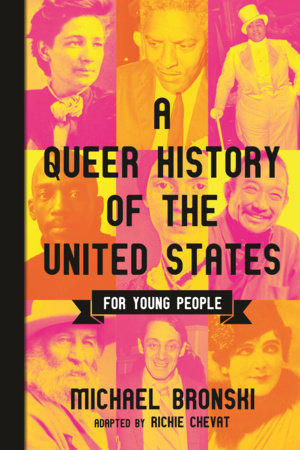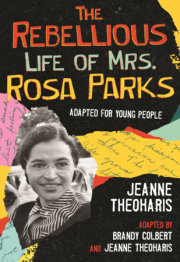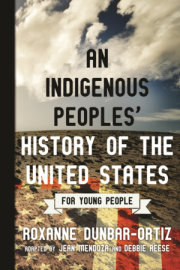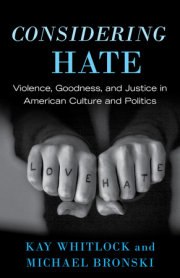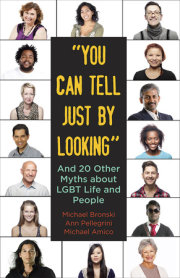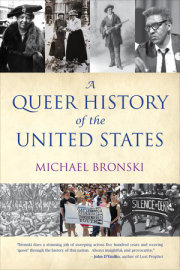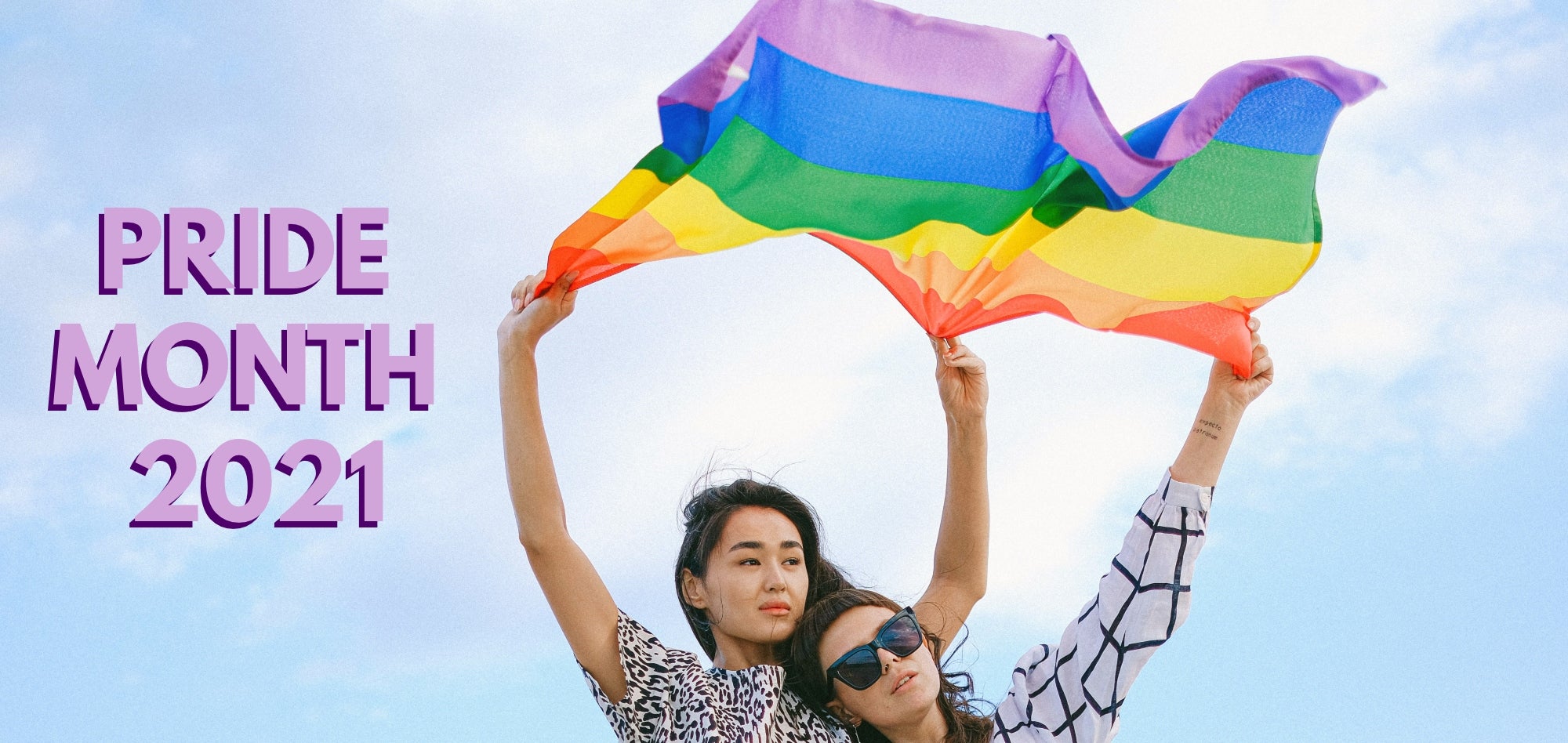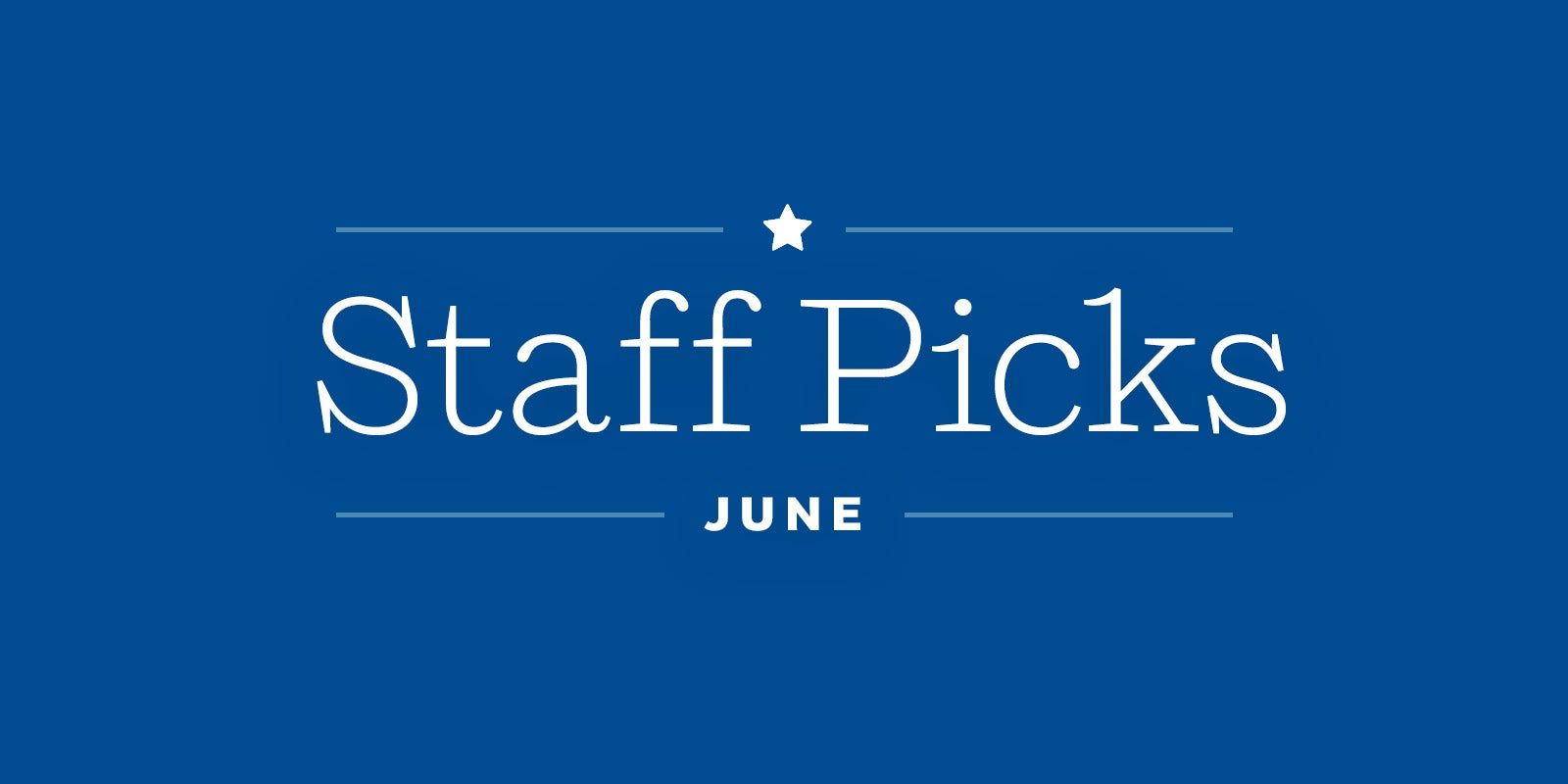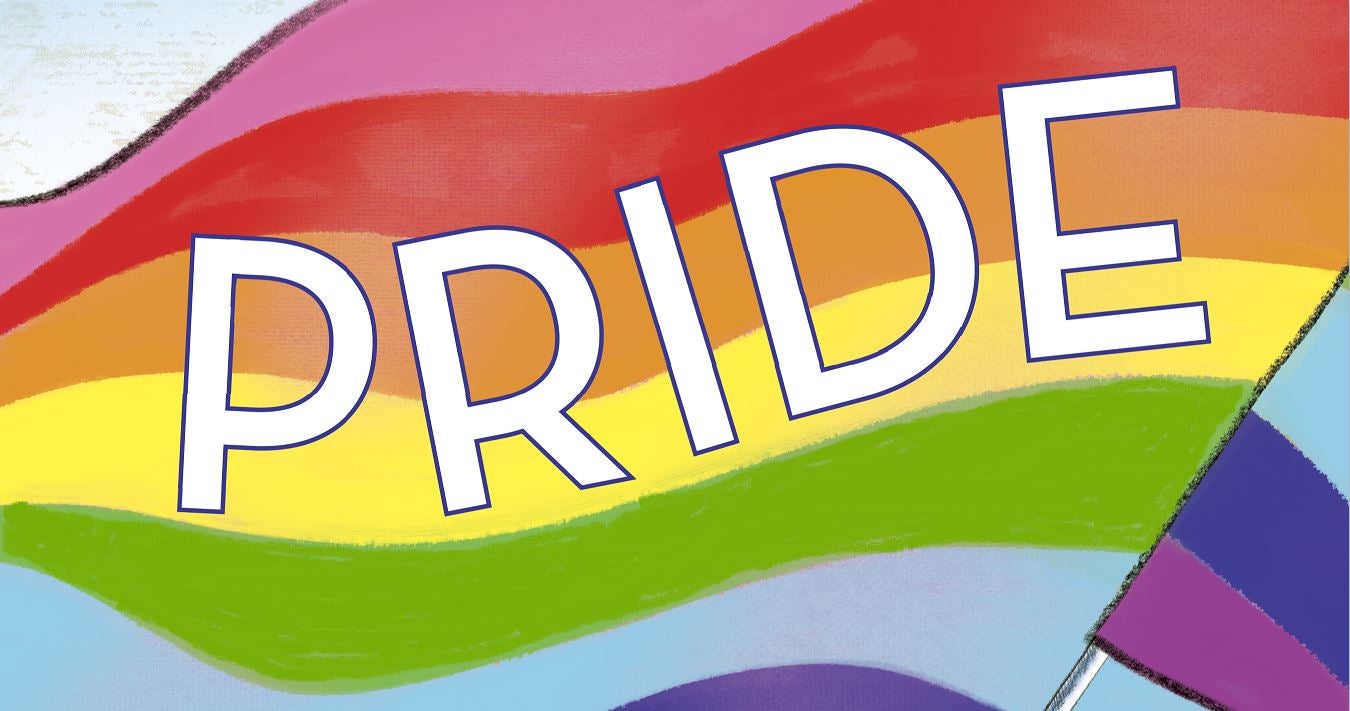PROLOGUE
INTRODUCTION
Before We Start, or, What Is Normal?
SECTION I
America—New Beginnings, New Identities: 1500–1860
CHAPTER ONE
Native Peoples: Different Genders, Different Sexualities
CHAPTER TWO
Thomas Morton: Free Love Among the Puritans?
CHAPTER THREE
Jemima Wilkinson: The Surprising Life of Publick Universal Friend
CHAPTER FOUR
Deborah Sampson: Patriot, Soldier, Gender Rebel
CHAPTER FIVE
Nineteenth-Century Romantic Friendships: BFFs or Friends with Benefits?
CHAPTER SIX
The Mystery of Emily Dickinson: Passionate Attachments and Independent Women
CHAPTER SEVEN
Julia Ward Howe, Samuel Gridley Howe, and Charles Sumner: Complicated Relationships and Radical Social Change in Very Proper Nineteenth-Century Boston
SECTION II
American Freedom Begins to Bloom—Change and the Civil War: 1860–1875
CHAPTER EIGHT
The Amazing Life of Albert D. J. Cashier: Transgender War Hero
CHAPTER NINE
Charlotte Cushman: American Idol, Lover of Women
CHAPTER TEN
Walt Whitman: Poet of the People
CHAPTER ELEVEN
Rebecca Primus and Addie Brown: A Nineteenth-Century Love Story
SECTION III
New Americans—Boldly Challenging Society: 1875–1900
CHAPTER TWELVE
The Radical Victoria Woodhull: First Woman to Run for President
CHAPTER THIRTEEN
Jane Addams: The Mother of Social Work
CHAPTER FOURTEEN
Julian Eltinge: The Most Famous Cross-Dresser in America
SECTION IV
A New Century of Freedom—Radical Visions, Revolutionary Actions: 1900–1960
CHAPTER FIFTEEN
Marie Equi: Fighting for Women, Workers, Peace, and Justice for All
CHAPTER SIXTEEN
Gladys Bentley: Blues-Singing Bulldagger
CHAPTER SEVENTEEN
World War II: The War That Started LGBTQ Politics
CHAPTER EIGHTEEN
Harry Hay: How His Society of Fools Started a Revolution
CHAPTER NINETEEN
Phyllis Lyon and Del Martin: Climbing the Ladder of Freedom and Justice
SECTION V
Revolutionary Changes—The Seeds of Protest Begin to Bloom: 1960–1977
CHAPTER TWENTY
Pauli Murray: “You must remember that truth is our only sword”
CHAPTER TWENTY-ONE
Bayard Rustin: A Life of Activism
CHAPTER TWENTY-TWO
Carl Wittman: Radical Movements, Political Organizing, and Country Dance
CHAPTER TWENTY-THREE
Rita Mae Brown: The Lavender Menace Writes Her Way to Freedom
CHAPTER TWENTY-FOUR
Gloria Anzaldúa: A Life Between Borders
SECTION VI
Backlash—Years of Struggle and Resistance: 1977–1990
CHAPTER TWENTY-FIVE
Sylvester and Anita Bryant: Marching to Two Very Different Drummers
CHAPTER TWENTY-SIX
Robert Hillsborough and Harvey Milk: Struggle and Violence, Grief and Rage
CHAPTER TWENTY-SEVEN
Essex Hemphill: The Power of Blackness
CHAPTER TWENTY-EIGHT
Kiyoshi Kuromiya: Man of Many Movements
CHAPTER TWENTY-NINE
Felix Gonzalez-Torres: Art in the Face of Death
SECTION VII
Moving Closer to Liberation—The Future Is in Sight: 1990–Present
CHAPTER THIRTY
Jamie Nabozny: Gay Teen Hero
CHAPTER THIRTY-ONE
Jack Baker and Michael McConnell: It Started in a Barber Shop
CHAPTER THIRTY-TWO
Sylvia Rivera: A Life in the Streets and a Guiding STAR
CHAPTER THIRTY-THREE
Coming Out or Staying In: New Queer Ways of Living in the World
CHAPTER THIRTY-FOUR
Young People Today: The Future of Queer History
Glossary
Bibliography
Photo Credits
Index




